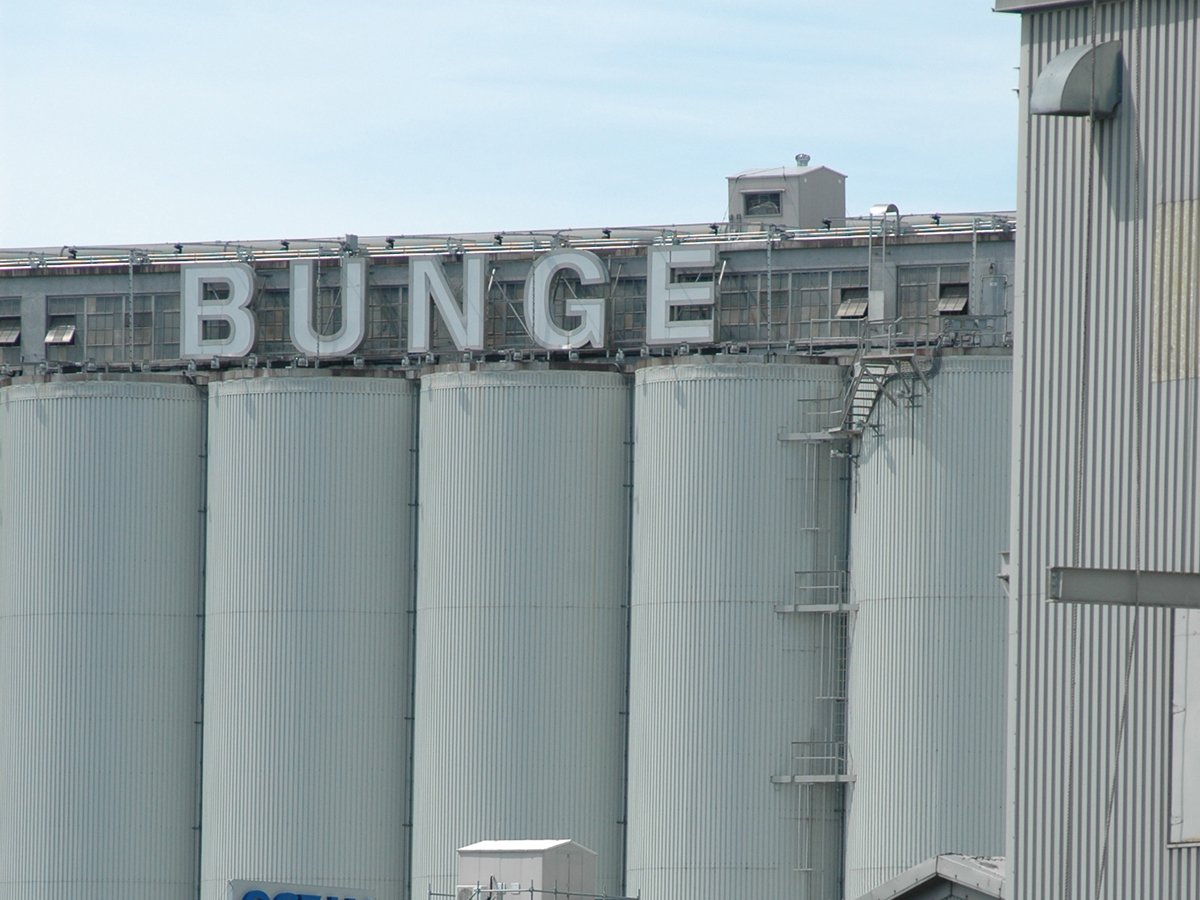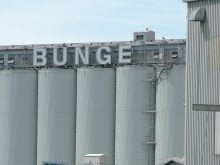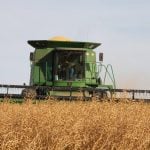HANOVER, Germany — A combine rolled into a wheat field near Swaby in Lincolnshire, England, just after dawn on the first day of September.
The grain was testing 18 percent but would improve during the day. Eight hours later, 24,000 bushels of wheat, adjusted to 13.5 percent moisture, were in the bins and 172 acres were empty.
For farmers Mike Daniels and Tony Turnbull, it was the fastest their land had ever been harvested.
For Claas, the feat broke a 20,267 bu. record set by combine competitor New Holland.
Read Also

Bunge’s crop mix is changing
Bunge has predominantly been a soybean processing firm, but that’s about to change after the merger with Viterra with softseed processing and grain merchandising gaining ground.
Jens Broer was one of two operators who worked in two hour shifts to break the three-year-old Guinness record. They drove a 586 horsepower Claas/Lexion 770 fitted with the Claas track system and a 40 foot Vario header.
“It went by very smoothly. It was fast and a bit (tough) in the morning, but the machine ran full power the whole way,” he said after the record was announced at the Agritechnica farm show in Hanover, Germany.
“We just set the (computerized throughput controls) and the machine for the changing conditions during the day, put on the GPS (steering) and watched it work until we needed to unload or turn.”
Theo Freye of Claas’ board of directors said the machine wasn’t allowed to just run through the field.
“The losses were 0.3 to 0.5 percent. They check that,” he said.
“But they decided not to stop. After six hours the eight hour record was broken, so they finished the fields. They ran 20 hours through the night.”
Almost 50,000 bu. of wheat (48,800 adjusted to 13.5 percent moisture) worth $350,000 would come off 320 acres by 6:30 the next morning.
“It’s a good feeling to see that much grain in one day from one machine,” Broer said.
Freye said combine performance has improved by two percent a year over the past decade, with some technology making bigger strides from time to time.
He said the combine’s ability to work in tough conditions overnight and with heavy dew was based in part on a pre-concave system that pulls out the more easily separated grain ahead of the main concave and spreads the material over the entire threshing surface.
The machine’s high horsepower contributed to its ability to manage the straw.














